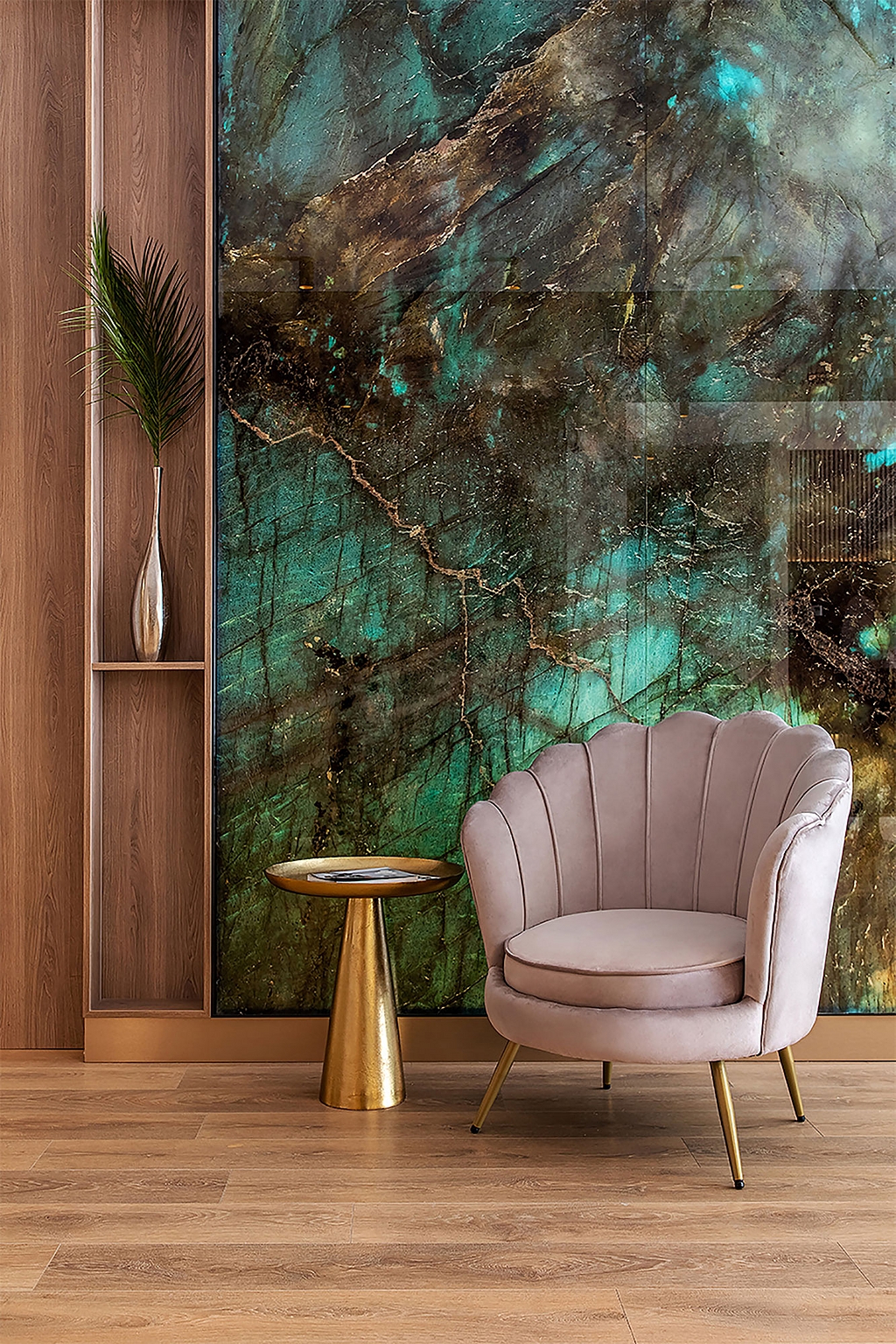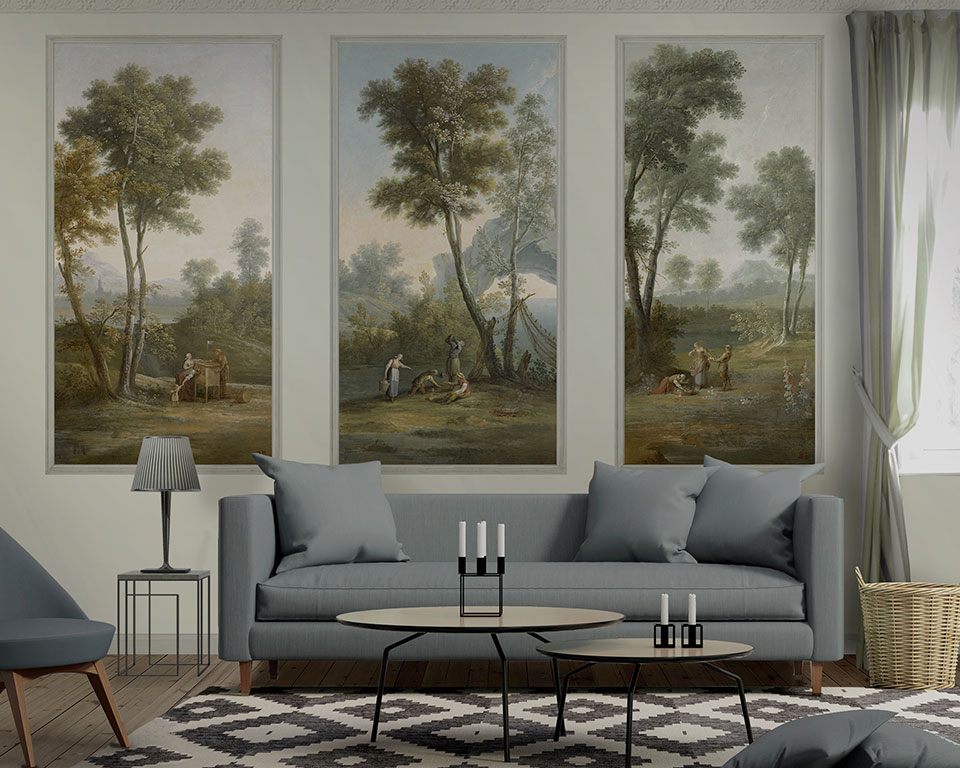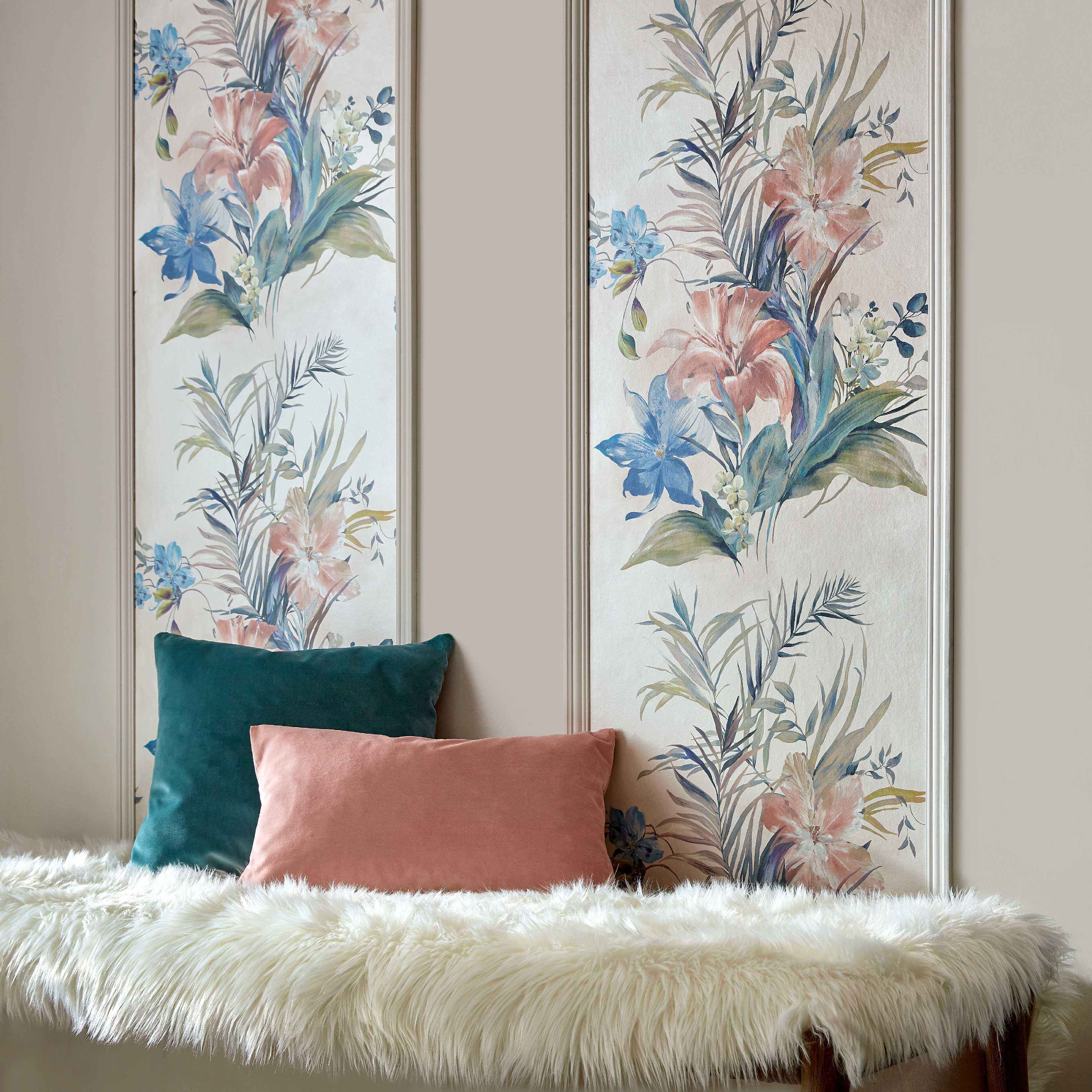Introduction to Wallpaper Panels Decorative
Wallpaper panels are not just a trend; they are a revolution in interior design. I remember the first time I saw them in a friend’s home; the way they effortlessly transformed the ambiance was nothing short of magical. Today, we’ll delve into the world of decorative wallpaper panels, exploring their styles, benefits, installation tips, and so much more. Whether you are a DIY enthusiast or someone looking to hire a professional, this guide is for you!
What Are Wallpaper Panels?
Wallpaper panels are large sheets of wallpaper that can be applied to one or multiple walls to create a striking visual impact. Unlike traditional wallpaper, which often comes in rolls, wallpaper panels are designed for easier application and often feature standout designs that can serve as focal points in a room.
Types of Wallpaper Panels
- Vinyl Panels: Durable and easy to clean, these are perfect for high-traffic areas.
- Fabric Panels: Offering a softer look, fabric panels can absorb sound and add warmth.
- Textured Panels: These create depth and interest, often mimicking natural materials.
- 3D Panels: Perfect for creating eye-catching walls that play with light and shadow.
Benefits of Using Wallpaper Panels
Wallpaper panels offer a range of benefits that make them an ideal choice for both residential and commercial interiors. Here are some of the key advantages:
1. Aesthetic Appeal
The right wallpaper panel can completely transform a room, adding texture and color in a way that paint cannot replicate.
2. Easy Installation
Many wallpaper panels are designed for quick and easy installation, making them a favorite for DIY projects.
3. Durability
High-quality wallpaper panels are often more durable than traditional paint, resisting wear and tear over time.
4. Variety of Options
From modern geometric patterns to classic floral designs, there’s a wallpaper panel to suit every style and preference.
Choosing the Right Wallpaper Panel for Your Space
Selecting the right wallpaper panel involves considering several factors, including your space, style preference, and budget. Here’s how to navigate this decision:
1. Assess Your Space
Consider the size of the room and the amount of natural light it receives. Dark panels might make a small room feel even smaller, while light-colored panels can brighten a larger area.
2. Define Your Style
Are you leaning towards a modern, vintage, or eclectic look? Your choice of wallpaper panel should reflect your personal style.
3. Set a Budget
Wallpaper panels can vary significantly in price. It’s important to set a budget that allows for both materials and installation.
Installation Tips for Wallpaper Panels
If you’re considering a DIY approach, here are some tips to ensure a smooth installation process:
1. Preparation
Ensure your walls are clean, dry, and free of holes or imperfections. This is crucial for achieving a smooth finish.
2. Measure Twice, Cut Once
Take accurate measurements of your walls and the panels to avoid wasting material.
3. Use the Right Adhesive
Different wallpaper panels may require specific adhesives. Always follow the manufacturer’s guidelines.
4. Align Your Panels Carefully
Start at the corner and work your way out, ensuring each panel is aligned properly to avoid gaps.

Comparison Table: Different Types of Wallpaper Panels
| Type | Durability | Installation | Cost | Best For |
|---|---|---|---|---|
| Vinyl Panels | High | Easy | $$ | Bathrooms and Kitchens |
| Fabric Panels | Medium | Moderate | $$$ | Living Rooms and Bedrooms |
| Textured Panels | High | Easy | $$ | Accent Walls |
| 3D Panels | High | Difficult | $$$$ | Commercial Spaces |
Pros and Cons of Wallpaper Panels
Pros
- Visually striking and can significantly enhance room appearance.
- Available in a wide variety of colors, patterns, and textures.
- Durable and can last for years with proper care.
- Can be a DIY project for those who enjoy hands-on work.
Cons
- Can be expensive, especially for custom designs.
- Some may require professional installation, adding to cost.
- Not all types are suitable for high-humidity areas.
- Removal can be tricky and may damage walls if not done carefully.

Personal Experience: My Journey with Wallpaper Panels
When I first decided to renovate my living room, I was overwhelmed with choices. After much deliberation, I opted for textured wallpaper panels in a warm beige tone. The process was enjoyable; I even invited friends over for a panel-installation party! The walls transformed into a cozy haven that I now cherish. I can confidently say that wallpaper panels were the perfect choice for my space!
Maintenance Tips for Wallpaper Panels
To keep your wallpaper panels looking fresh, consider the following maintenance tips:
1. Regular Dusting
Use a soft cloth or feather duster to remove dust regularly.
2. Spot Cleaning
For stains, spot clean with a damp cloth and mild detergent. Always test in an inconspicuous area first.
3. Avoid Excessive Moisture
Keep bathroom areas well-ventilated to prevent warping or peeling.

FAQs About Wallpaper Panels Decorative
What is the lifespan of wallpaper panels?
When properly installed and maintained, high-quality wallpaper panels can last anywhere from 10 to 15 years.
Can I use wallpaper panels in the bathroom?
Yes, but it’s essential to choose moisture-resistant options such as vinyl panels to prevent damage from humidity.

Are wallpaper panels removable?
Many modern wallpaper panels are designed to be removable. However, always check the manufacturer’s instructions first.
How do I calculate how many panels I need?
Measure the square footage of the area you want to cover and divide by the area covered by one panel. Make sure to account for waste.

Can I install wallpaper panels over existing wallpaper?
While it is possible, it’s recommended to remove the old wallpaper for the best results.